Cataracts can cause vision changes, such as cloudy vision, light sensitivity, halos surrounding lights, and faded colors.
A cataract happens when the proteins in the lens of the eye begin to break down and clump together. This forms a cloudy area in the eye.
This article lists the symptoms of cataracts and discusses the age when symptoms might first appear. It also outlines when a person should contact a doctor.
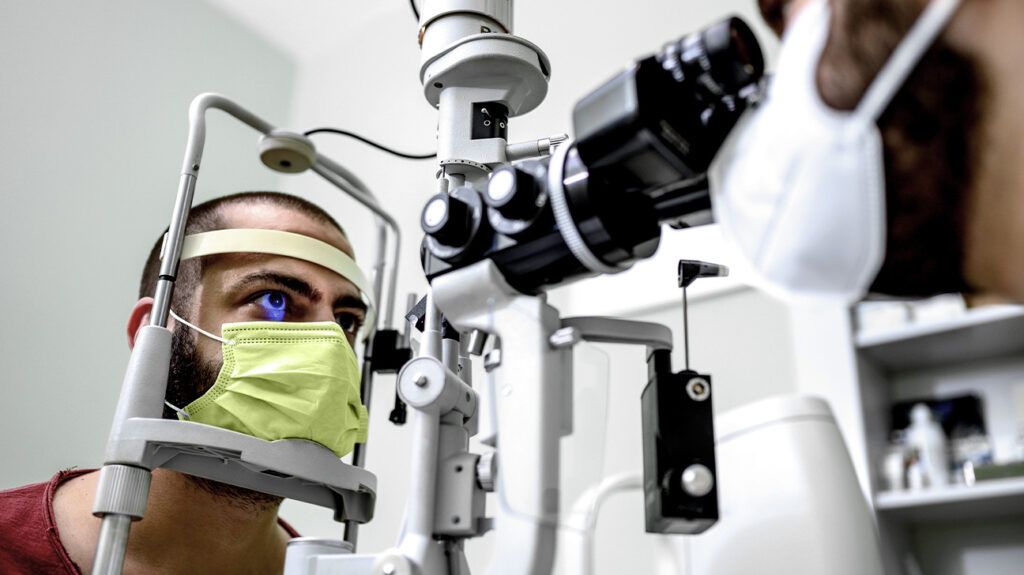
According to the
- cloudy or blurred vision
- colors appearing faded or yellow
- difficulty seeing at night
- halos around lights
- double vision
- a sensitivity to lamps, headlights, and sunlight
A person’s contact lens or glasses prescription may also change.
Cataracts usually appear in both eyes. However, they may not develop at the same time, and the symptoms may differ in each eye.
Are cataracts painful?
According to the United Kingdom’s National Health Service (NHS), cataracts are not typically painful. However, they can cause some pain or discomfort if they are advanced or a person has another eye condition.
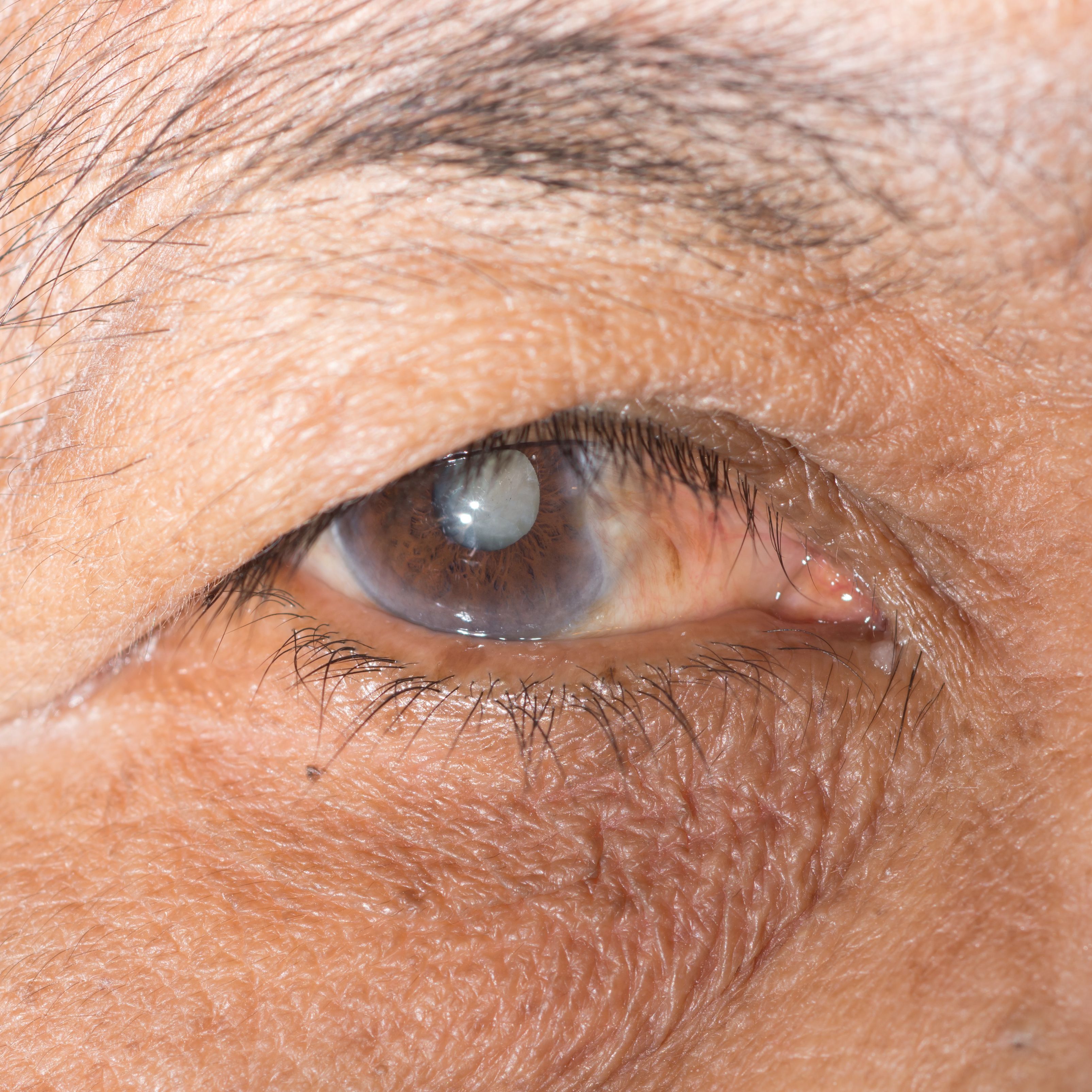
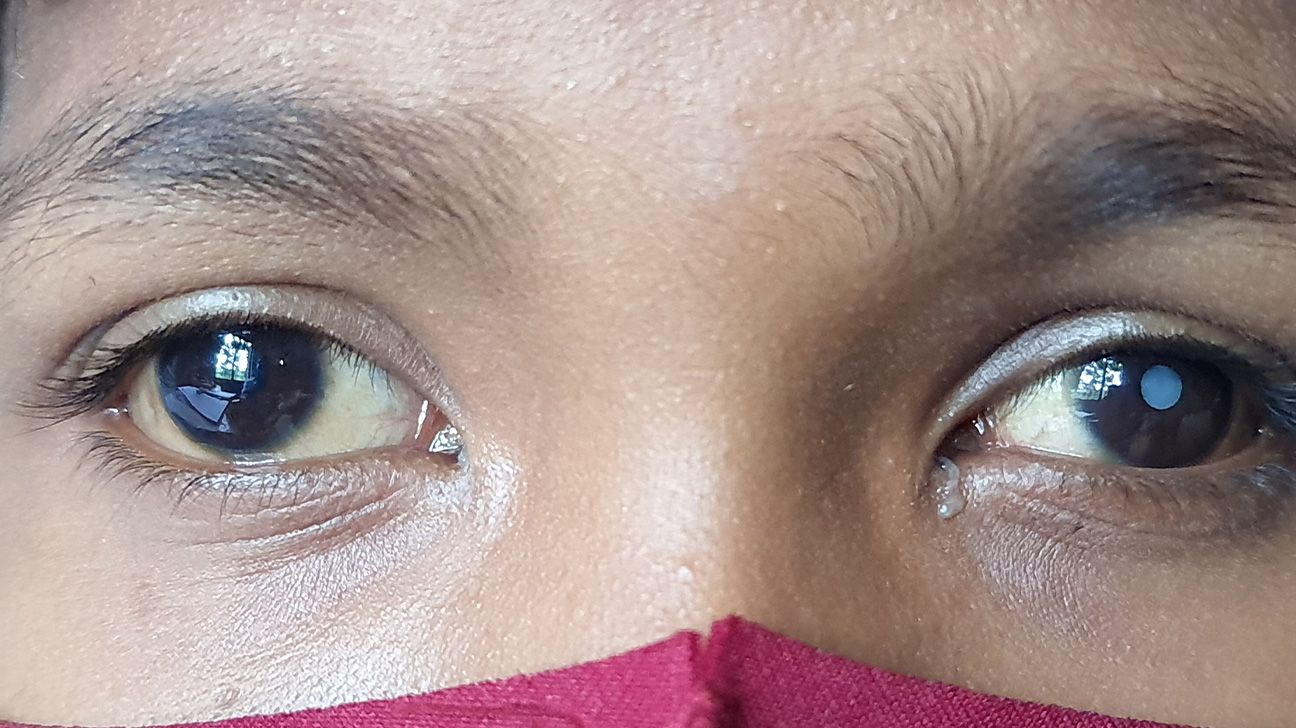
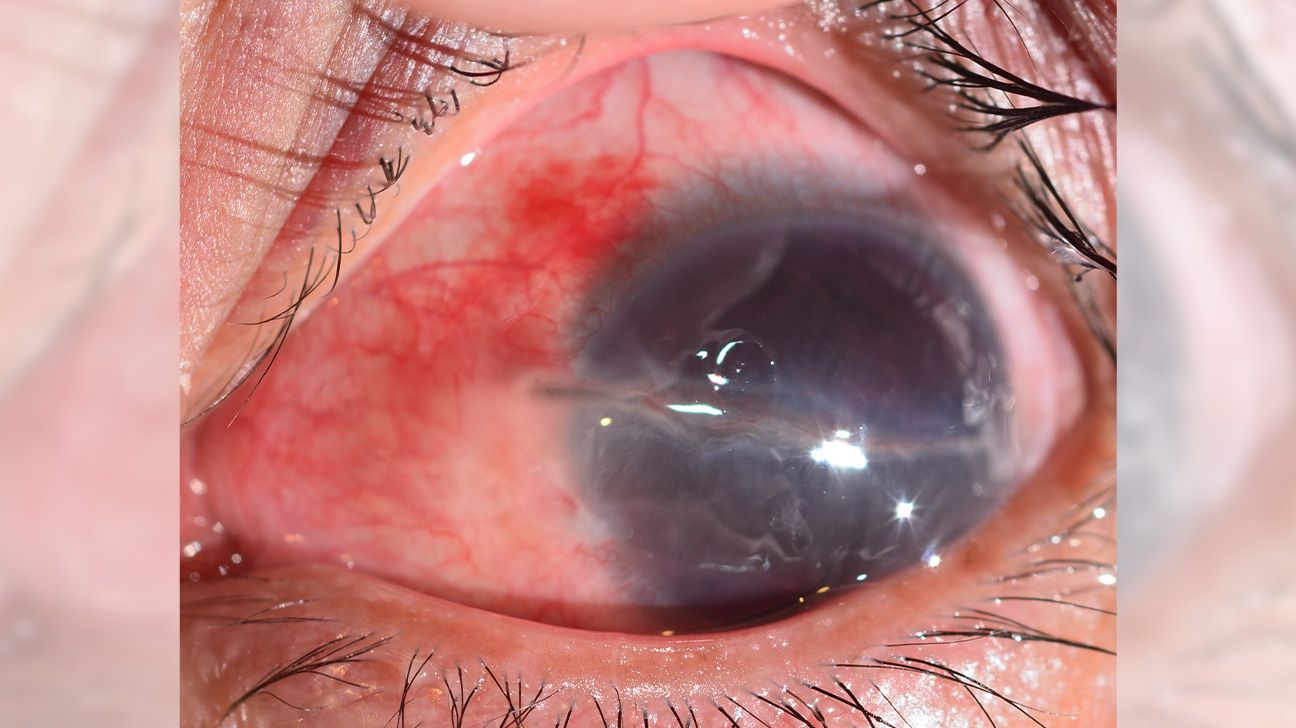
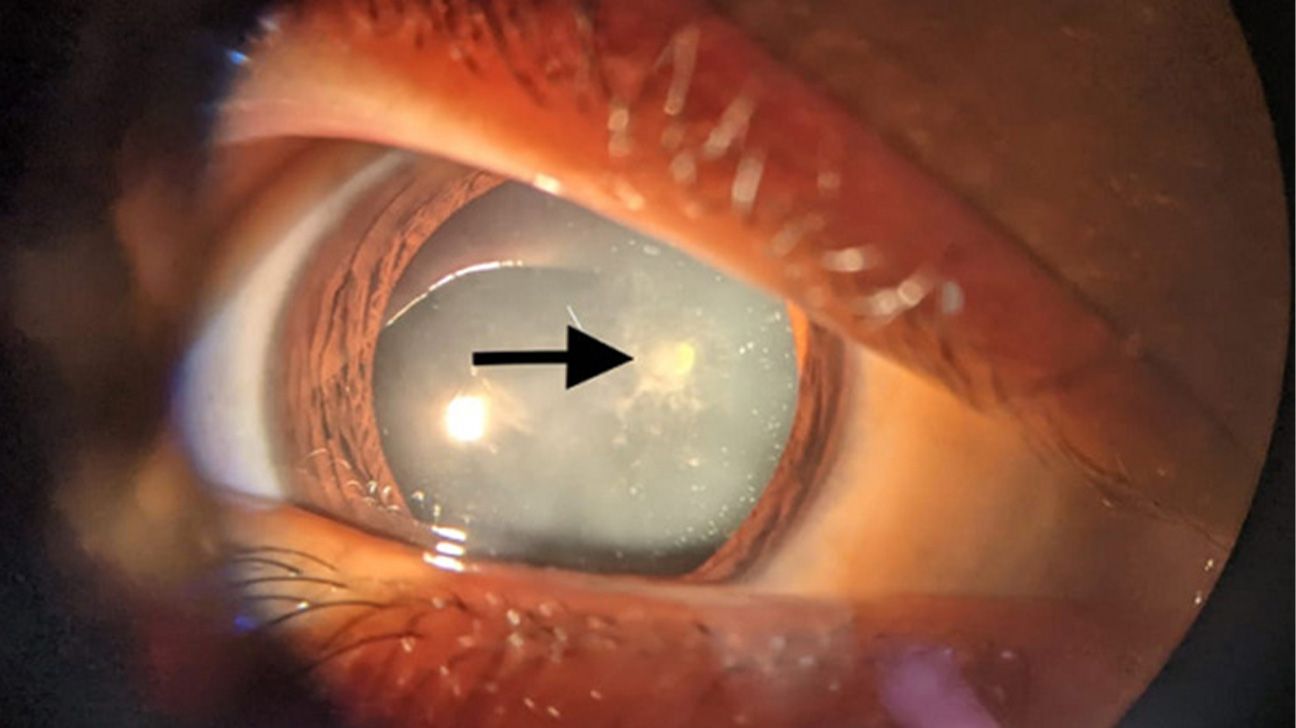
The appearance of a cataract can depend on the type. For example:
- Nuclear cataracts: A nuclear cataract forms in the center of the lens called the nucleus. It causes the lens of the eye to become opaque and have a yellow or brown tint.
- Congenital: The cataract can appear as a white circular area located in the middle of the eye.
- Traumatic: A cataract can appear due to trauma or injury to the eye. It can cause a cloudy, white area to appear in the eye.
- Diabetic cataract: People with diabetes have an increased risk of developing cataracts. In some cases of unmanaged diabetes, the cataract can form in the shape of a grayish-white starburst, giving it a snowflake appearance.
The age of onset for cataracts depends on the type of cataract.
According to the
Although rare, children can also have cataracts. They can either be born with them, called congenital cataracts, or develop them later on.
Cataracts in children can develop due to a complication during pregnancy or conditions such as uveitis or eye tumors.
Cataracts in both children and adults can develop due to eye injuries, radiation, and steroid use.
A person should contact a doctor if they experience any symptoms of cataracts. If symptoms are present, a doctor will perform a thorough examination and advise on the next steps.
As cataracts can run in families, it may be helpful to ask family members to get checked for cataracts.
How do doctors diagnose cataracts?
Doctors usually check for cataracts during a dilated eye exam. This involves giving a person eye drops to dilate the pupil to check for eye problems.
The NEI suggests that people ages 60 or older should undergo a dilated eye exam every
How do doctors treat cataracts?
The usual treatment for cataracts is surgery. However, when cataracts are mild, a person can manage the symptoms at home by:
- wearing anti-glare sunglasses
- using a magnifying glass when reading
- using brighter lights
- ensuring that their glasses or contact lens prescription is up to date
Surgery may be an option when cataracts start to interrupt a person’s everyday activities.
Is it possible to prevent cataracts?
To help prevent cataracts, it is important to regularly visit a doctor or ophthalmologist for checkups. A person can also try the
- wear sunglasses to protect from UV radiation
- wear protective eyewear when necessary to prevent injury or trauma
- quit smoking, if applicable, as this can increase the risk of cataracts
As a cataract develops, the proteins in the lens of the eye break down and clump together. This forms a cloudy area to appear in the eye.
Symptoms of cataracts include cloudy or blurred vision, double vision, sensitivity to light, and difficulty seeing at night. Colors can also appear faded or yellow, and halos can appear around light sources.
If a person develops any symptoms of cataracts, they should contact a doctor for a thorough eye examination.




